At some stage, dinosaurs captivate nearly every child, and countless adults. They’re the real-life versions of wingless dragons. We can learn an astounding amount of information from fossilized bones that are several millions of years old. However, what about the numerous unanswered queries we have about dinosaurs that we can’t definitively confirm? Just like Thanksgiving leftovers are not sufficient to understand a turkey’s existence in its entirety, similarly, there are some aspects of our ancient dinosaur ancestors that remain elusive. No matter how many educated guesses we make, some dinosaur enigmas remain unsolvable. Here are 25 exceptional dinosaur mysteries that we all wish to decipher.
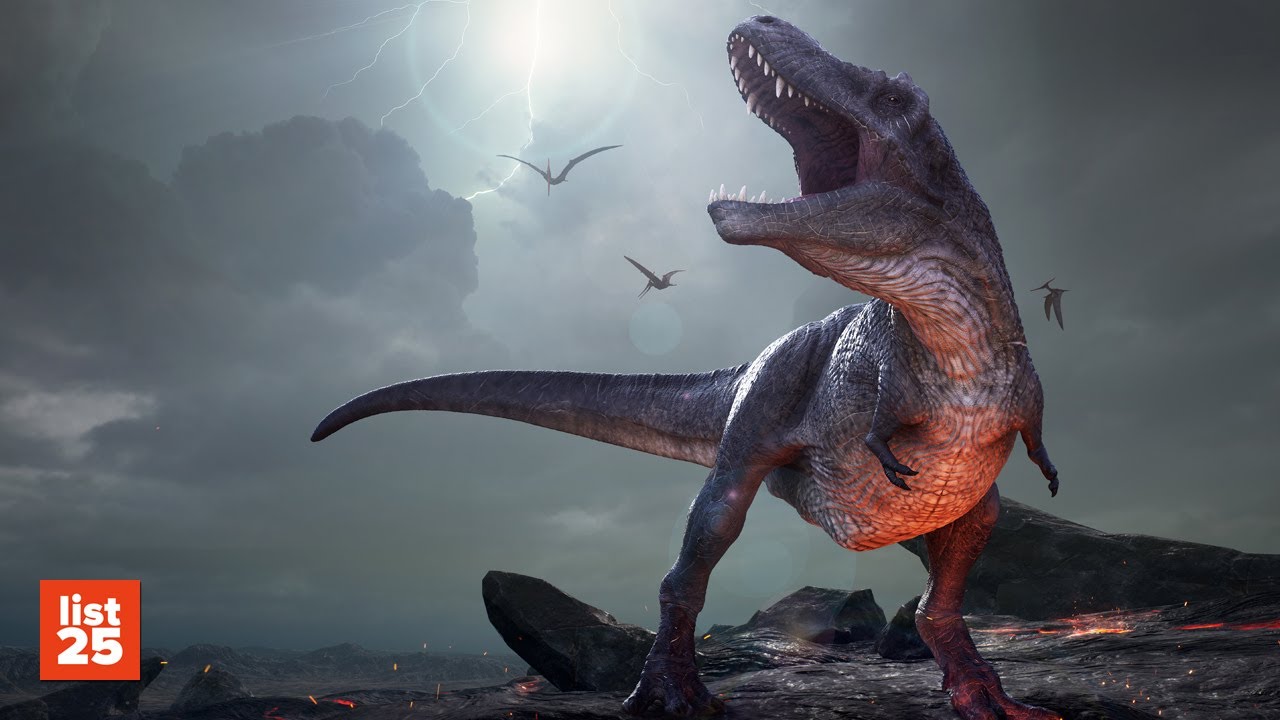
Which came first?
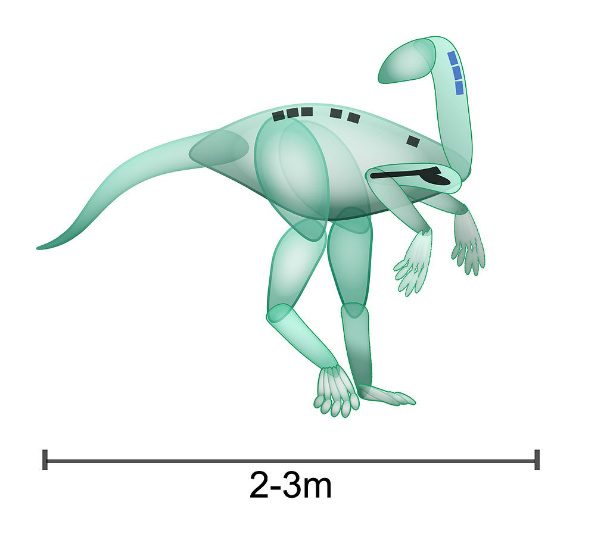 Source: http://www.viralxfiles.com
Source: http://www.viralxfiles.com No no no, not the chicken and the egg thing, but which dinosaur was the first one? It’s suspected that it was the Nyasasaurus, which was about the size of a dog and first appeared around 245 million years ago; however, so few pieces of Nyasasaurus fossils have been found that we don’t know what it even really looked like. Plus, who’s to say there aren’t older ones just waiting to be discovered?
What colors were they?
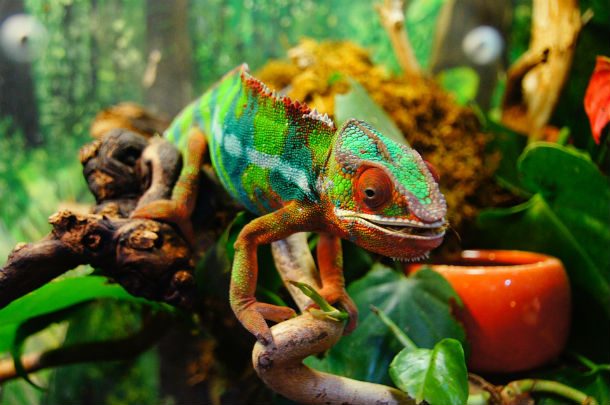 Source: http://animalmozo.com
Source: http://animalmozo.com Most assume shades of green or brown, but modern reptiles come in some amazing and bright colors, and feathers are some of the most beautiful and bright colors in nature. Scientists can make educated guesses, but the truth is we don’t know.
Were dinosaurs warm or cold blooded?
 Source: http://www.smithsonianmag.com
Source: http://www.smithsonianmag.com There’s still not definitive answer on this. This is what happens when soft tissues all are gone. While evidence in the bones suggests dinosaurs were warm blooded, there’s no way to know for sure, or if it varied depending on species since Dinosaurs ranged in size from small bird to over 100 ft.
This or that species?
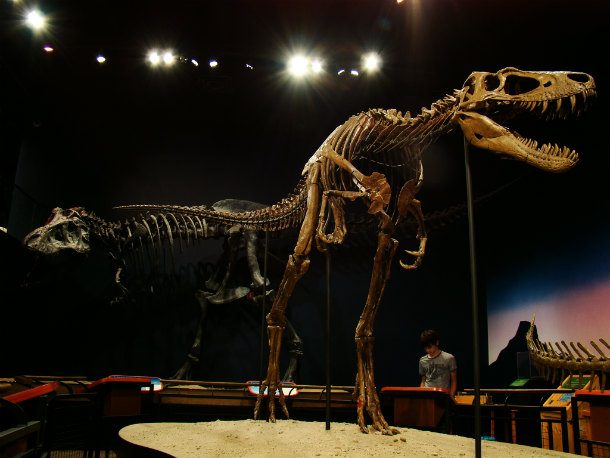 Source: http://www.smithsonianmag.com/
Source: http://www.smithsonianmag.com/ Sometimes scientists are so eager to find a NEW species of dinosaur that they uh…may be counting juveniles and adults of the same species as different species altogether. It’s kind of hard to tell when you’ve just got bones. For instance, is Nanotyrannus a smaller species of tyrannosaur, or is it just a teenage t-rex with acne and an attitude problem?
Were dinosaurs cute?
 Source: http://www.viralxfiles.com
Source: http://www.viralxfiles.com Um, maybe? Well, it’s possible, at least. The name dinosaur comes from two Greek words, deinos meaning terrible, and sauros meaning lizard. But is it possible some were cute and fluffy? We know that some had feathers, but aside from that, all artist renderings are from their bones. Have you seen a cat skeleton? They’re terrifying. Yet cats and kittens are often the standard for cute fluffy adorableness. And if we’re just going by skeletons, elephants wouldn’t have tusks. So it’s possible Dinosaurs weren’t ALL terrifying looking.
Were they good parents?
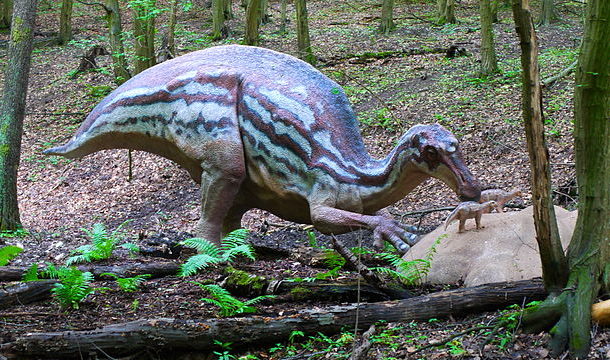 Source: https://www.thoughtco.com
Source: https://www.thoughtco.com While we can know from finding fossils and fossilized nests that some Dinosaurs, like Maiasauria, stayed with their babies for quite awhile and actually tended their nests. Some also lived in herds, and juveniles stayed with larger adults for quite awhile, possibly their whole lives. We don’t know otherwise. We know that many modern reptiles, like sea turtles, lay their eggs and then move on, but birds and alligators tend their young quite attentively. For large predators such as T-Rex, it’s a very educated guessing game.
How fast were Dinosaurs?
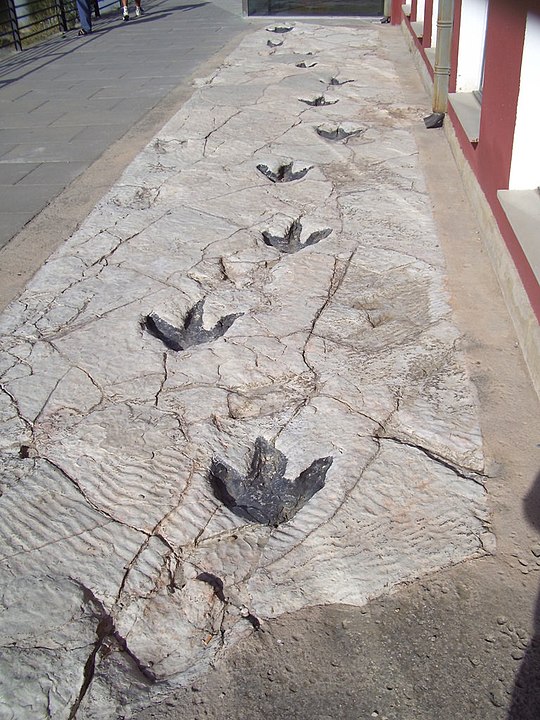 Source: http://www.therichest.com
Source: http://www.therichest.com Scientists can – and do – make very educated guesses from not only leg bones but also fossilized footprints that have been found, but footprints are very rare indeed. The honest answer is that we don’t know.
How did dinosaurs learn to fly?
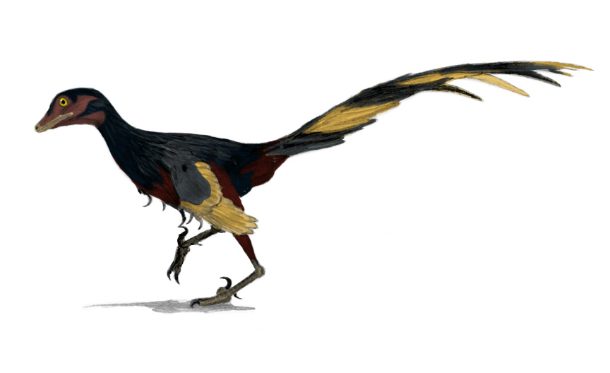 Source: https://www.thoughtco.com
Source: https://www.thoughtco.com We know that some dinosaurs became birds, but scientists still disagree exactly about which species was the first to take flight. And then there’s the question of feathers. Why did they start growing them? Evolution doesn’t know where it’s going until it gets there, so it’s not like the first feather on a dinosaur was sprouted for the sole purpose of flight.
Could we really - possibly - clone a dinosaur?
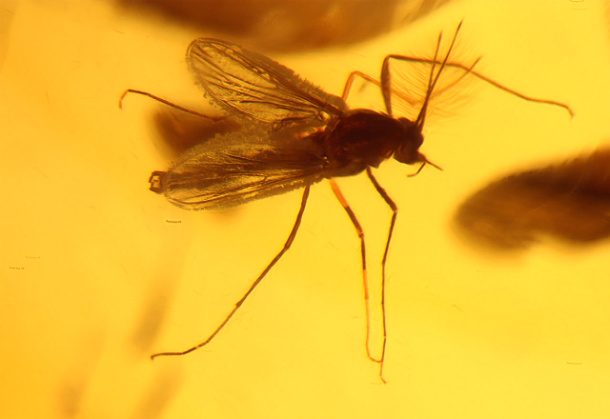 Source: http://www.livescience.com
Source: http://www.livescience.com Well, maybe we COULD have, if DNA had a longer half life. Unfortunately, DNA’s half-life is only about 521 years (even trapped in amber!), meaning that after that time, it breaks down into uselessness. So even if cloning technology was perfected, and even though we’ve found some tiny remnants of blood and tissue, we’d have no idea if it worked on a dinosaur species because there’s nothing left for us to try with.
What was their social structure like?
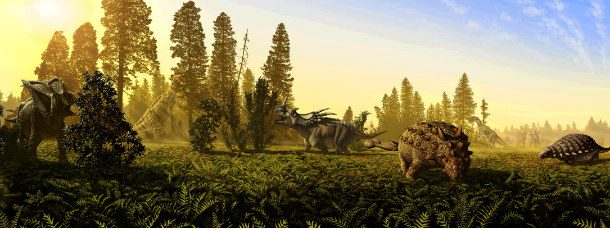 Source: http://www.independent.co.uk
Source: http://www.independent.co.uk We know dinosaurs like Maiasaura laid eggs and hatched their babies in herds, but is it possibly they were the first social family unit? Paleontologist Jack Horner seems to think so, but there’s no way to know for sure.
Was their vision really based on movement, as theorized and shown in one of the most iconic movie scenes of all time?
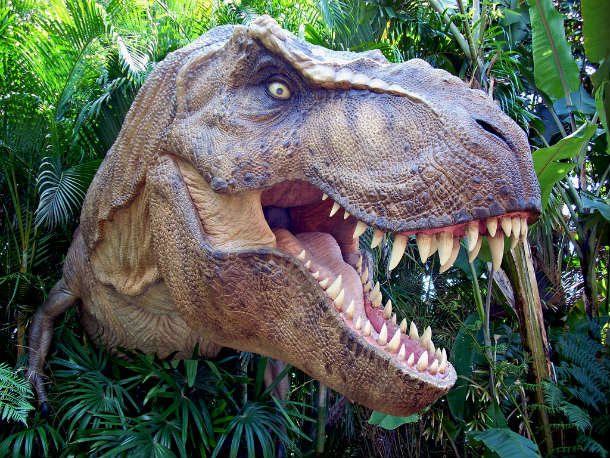 Source: http://www.iflscience.com
Source: http://www.iflscience.com Theoretically, yes. Studies have been done that suggest T-Rex had vision 13 times better than humans, but it’s another thing we’ll simply never know for sure.
Would dinosaurs survive today's world?
 Source: https://www.forbes.com
Source: https://www.forbes.com They lived HUNDREDS of millions of years ago, and the world (and all the stuff living on it) has had a lot of time to evolve. It’s very possible the herbivores would get sick and die on modern plants. Or that our atmosphere has changed so much they wouldn’t be able to breathe.
Would dinosaurs have eaten people?
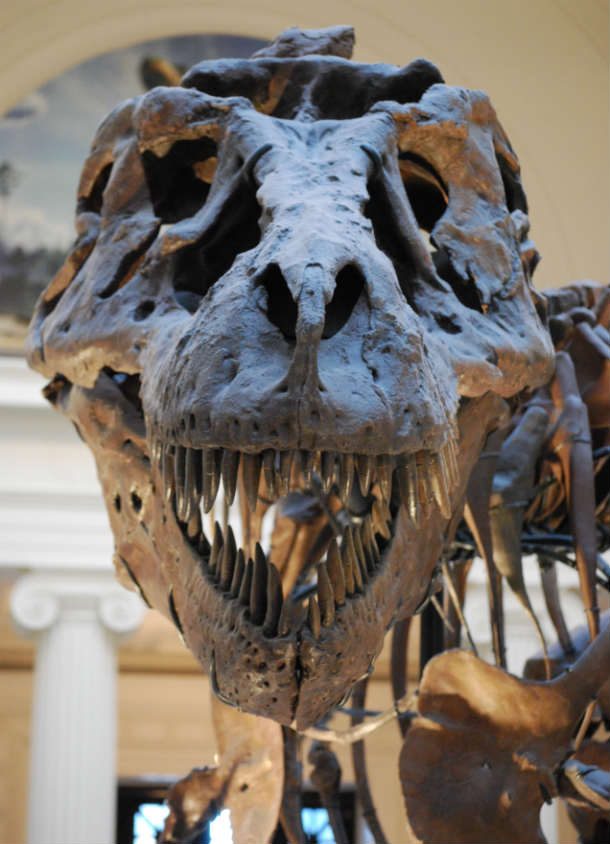 Source: https://www.gamefaqs.com/
Source: https://www.gamefaqs.com/ First of all, dinosaurs and man are two species separated by 65 million years of evolution. Who knows how they would interact if suddenly thrown back into the mix together. But what we DO know is that current top-of-the-food-chain type predators rarely eat humans, even when humans attack them. Sharks will sometimes take a bite out of curiosity and swim away. So T-Rex and Velociraptor may not have had a taste for us after all.
What really killed them?
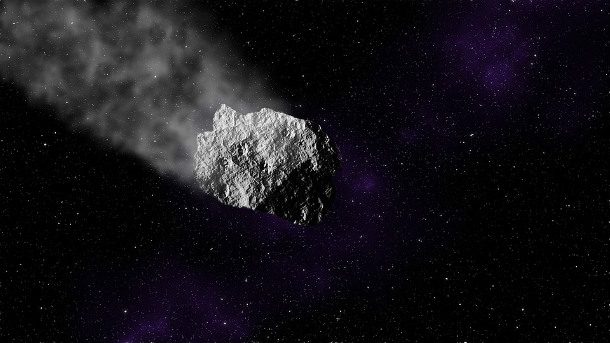 Source: http://www.viralxfiles.com
Source: http://www.viralxfiles.com We know that there was a huge asteroid that hit earth and that wasn’t good for them at all, but some scientists argue that climate change was already starting to decimate the population before the asteroid got here (as violent climate change is somewhat of a norm, for Earth). Others argue that it took too long for dinosaurs to grow up and fight off predators, or too long for them to hatch from eggs in the first place. Honestly, they don’t know.
How long did they live?
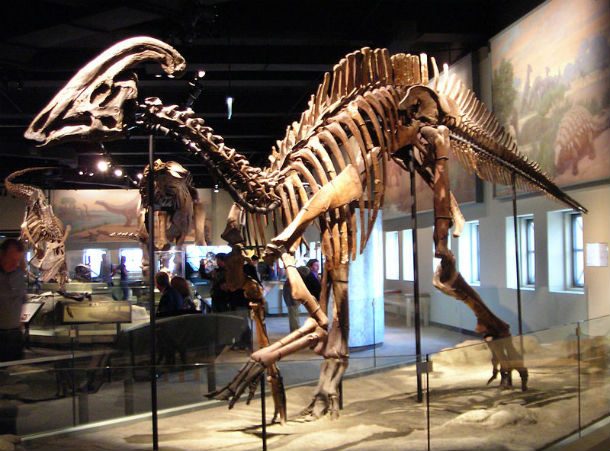 Source: https://www.theguardian.com
Source: https://www.theguardian.com Scientists used to believe that dinosaurs grew slowly like reptiles and could therefore live for hundreds of years. (A female alligator, for example, can take up to 15 years to reach maturity. That’s forever in the animal kingdom), though it’s now thought that dinosaurs grew more like warm blooded creatures, and therefore much faster. The best guess that can be made is from counting the growth rings in the bones, like a tree, since bones build on themselves to grow. If you go by this data, Sue, the most complete T-Rex ever found, was only 29 years old. But we don’t know for sure, and neither do scientists.
What did they sound like?
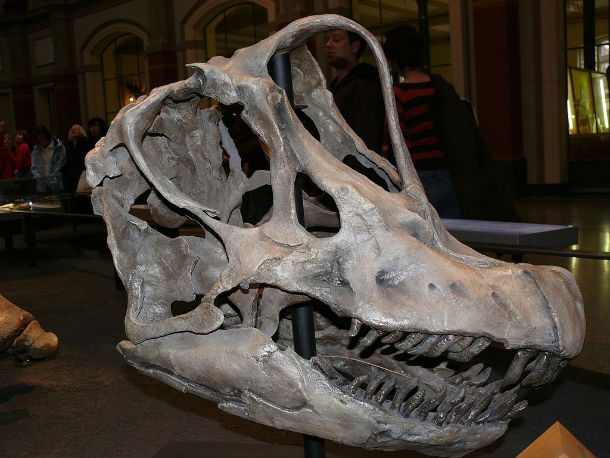 Source: https://www.washingtonpost.com
Source: https://www.washingtonpost.com Not like the movies. Sorry. What do birds – the closest modern relatives – sound like? They honk and coo and tweet and chirp. So we can imagine and theorize that Dinosaurs sounded like some version of that, but the truth is we’ll never know for sure, other than knowing that they did NOT sound like the movies. Bummer.
Why did they have horns?
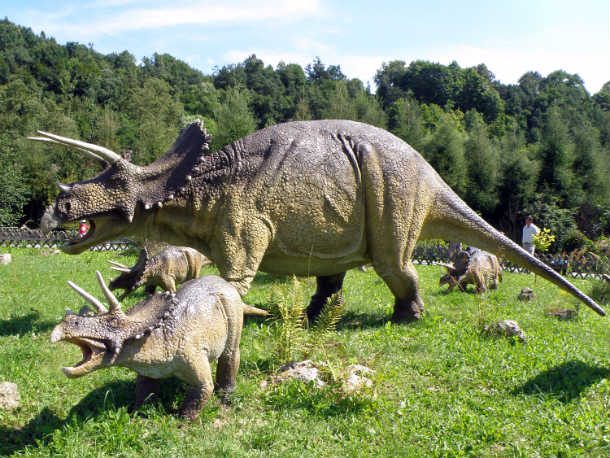 Source: http://www.therichest.com
Source: http://www.therichest.com And crests and spikes, etc. One would assume the horns were for fighting, but paleontologists have all but ruled that out, as well as the idea that these natural accessories might have been used to regulate body temperature. They’re now starting to entertain the idea that spikes and horns and plates had more to do with social functions and showing off. Hey, we all go through different fashion phases; spikes are a thing. Rock on dinos.
Did they have any natural predators aside from each other?
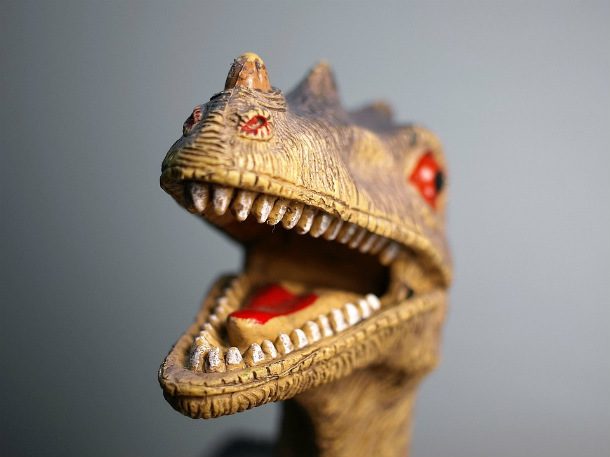 Source:http://animalmozo.com
Source:http://animalmozo.com We know from fossils that most enjoyed eating fish, and some were strict herbivores, but we don’t know if anything preyed upon the dinosaurs.
What about their reproductive life?
 Source: http://www.smithsonianmag.com
Source: http://www.smithsonianmag.com Scientists assume that dinosaurs had a single spot on the body that served for waste, sex, and egg laying, like birds and egg laying reptiles both have today, but nothing at all is known about mating displays or anatomy. Assumptions have been made about T-Rex, but that still doesn’t really tell us much about mating displays, mating seasons, any sort of display used to attract a mate, or specific anatomy.
Who was the biggest?
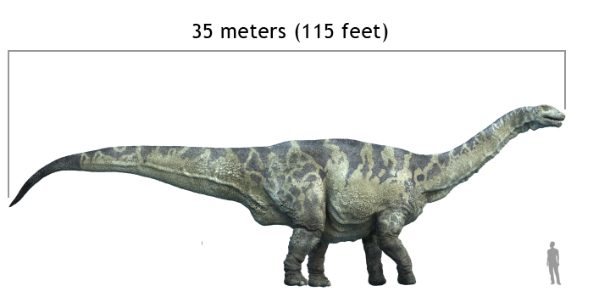 Source: https://www.theguardian.com
Source: https://www.theguardian.com We don’t actually know. For years it was thought to be the Argentinosaurus which could grow up to 114 feet long and weighed up to 80 tons. For reference, 114ft is the equivalent of a 10-story building. However, pieces of another dinosaur were discovered that may have completely dethroned Argentinosaurus. In 2006, some back and neck bones from a newly discovered dinosaur that was named Puertasaurus reuili were discovered, and it’s thought that this beast grew just as long and weighed up to 100 tons. No one knows for sure. It’s kind of up in the air. Er…down in the dirt.
Check out these giant facts about dinosaurs!
Why did Tyrannosaurus Rex have such little arms?
 Source: http://www.smithsonianmag.com
Source: http://www.smithsonianmag.com They’ve been dead millions of years, and we still mock them for it. While many are trying desperately to find answers, as of now, there really aren’t any. Scientists are using fancier and fancier equipment to try to figure out how muscle and sinew would have attached, but we’ll likely never know for sure.
Were some Dinosaurs nocturnal? If so, which ones?
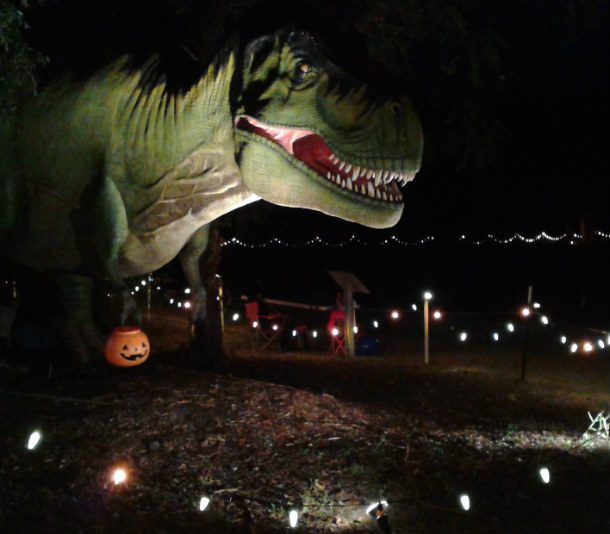 Source: http://www.smithsonianmag.com
Source: http://www.smithsonianmag.com Some people argue that little mammals lived and thrived during the time of the dinosaurs because those dinosaurs slept at night. However, studies of the bones around the eye socket, called sclera, could indicate that hunters such as Velociraptors had eyes designed to see more in the dark, and were awake at night. Others argue that sclera don’t really determine anything, and it’s all a very fancy and expensive guessing game.
How intelligent were they?
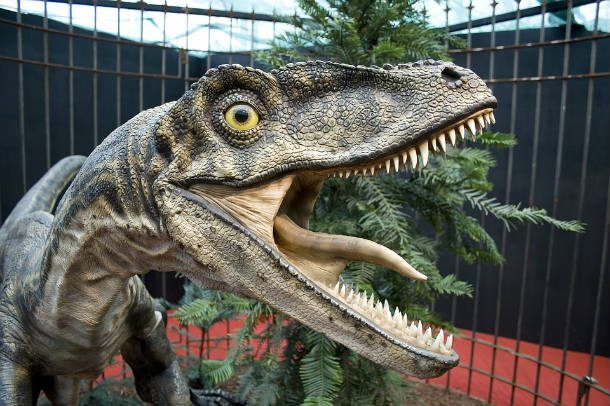 Source :https://www.theguardian.com
Source :https://www.theguardian.com Assumptions can be made from the size of the body, and, well, we have their skulls, but they’re just that – educated guesses and assumptions. Like the assumption that a Stegosaurus had a brain the size of a walnut, but carnivores had larger brains and were more intelligent, a requirement for hunting.
Were they pack hunters?
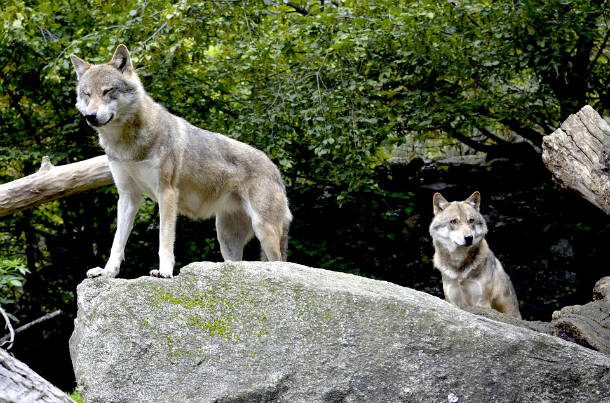 Source: http://www.viralxfiles.com
Source: http://www.viralxfiles.com We don’t know if dinosaurs hunted in packs or not, despite very convincing arguments from Doctor Allen Grant. While some dinosaurs of the same species have been found together, that’s not really concrete proof of pack hunting or lifestyles overall. Again, it could have varied from species to species. We’ll never know.
Did all dinosaurs hatch from eggs?
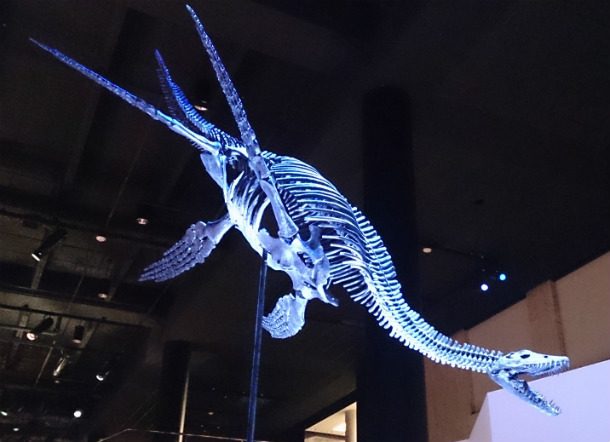 Source: http://www.bbc.com
Source: http://www.bbc.com Dinosaurs maybe didn’t all hatch from eggs. Fossils of a Plesiosaurs (a marine dinosaur from the late Triassic that had flippers, not legs) suggest that instead of laying eggs, this dinosaur may have given birth to a single baby, live.
Lists Going Viral Right Now
Photo Credits:
25. KDS444, Nyasasaurus, CC BY-SA 3.0, 24. pixabay.com (public domain), 23. pixabay.com (public domain), 22. Volkan Yuksel, T-rex fossil Jane by Volkan Yuksel DSC08683g, CC BY-SA 3.0, 21. pixabay.com (public domain), 20. DinoTeam, Maiasaura, DinoPark Košice, CC BY-SA 4.0, 19. jynus, Reproduction of Dinosaur Footprints in Science Museum in Logroño, CC BY-SA 3.0, 18. Matt Martyniuk (Dinoguy2), Jinfengopteryx wiki, CC BY-SA 3.0, 17. commons.wikimedia.com (public domain), 16. J.T. Csotonyi, Dinosaur park formation fauna, CC BY 2.5, 15. Scott Kinmartin via flickr, CC BY 2.0, 14. www.pexels.com (public domain), 13. ScottRobertAnselmo, Sue TRex Skull Full Frontal, CC BY-SA 3.0, 12. pixabay.com (public domain), 11. Lisa Andres from Riverside, USA, Parasaurolophus cyrtocristatus, CC BY 2.0, 10. Gunnar Ries Amphibol, BrachiosaurusP1060062, CC BY-SA 3.0, 9. Alina Zienowicz (Ala z), e-mail, Triceratops – JuraPark Baltow, CC BY-SA 3.0, 8. pixabay.com (Public Domain), 7. wikimedia commons (public domain), 6. Dinosaur Zoo, Argentinosaurus size compasison with man, CC BY-SA 3.0, 5. m01229 via flickr, CC BY-SA 2.0, 4. Sanctuary.p at English Wikipedia, HeardHalloween1, CC BY-SA 3.0, 3. Max Pixel (public domain), 2. pixabay.com (public domain), 1. Kim Alaniz, Paleo Hall at HMNS plesiosaur, CC BY 2.0



























